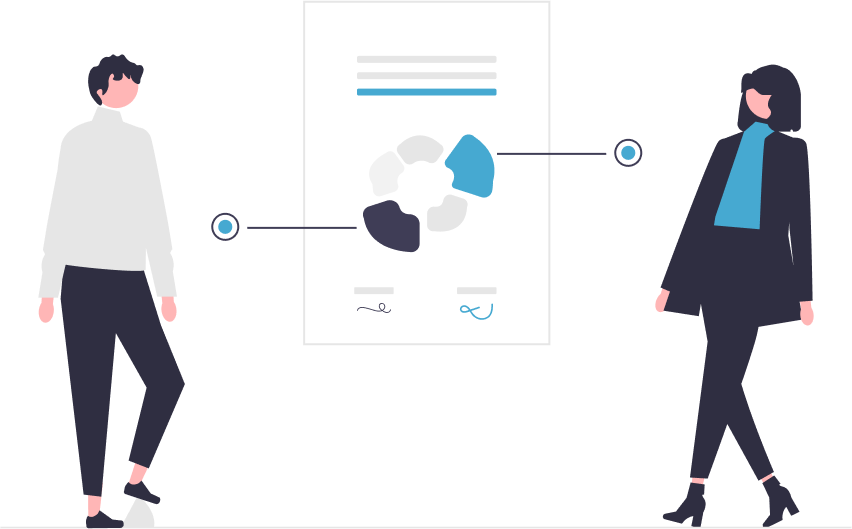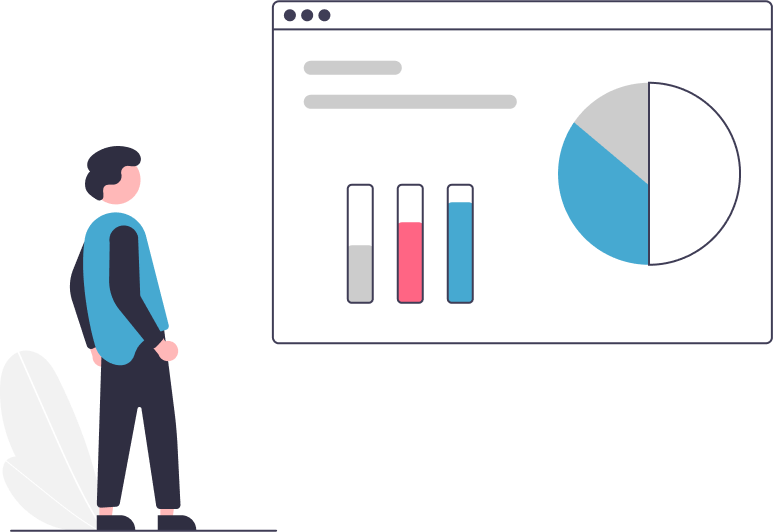Take Advantage of Federal Incentives
Discover the many benefits and opportunities available to you through federal incentives designed to enhance your energy efficiency and sustainability. Taking advantage of financial incentives can be a game-changer, not only for your home but also for your wallet. We understand the importance of seizing these opportunities, and we’re here to guide you through the process. Explore the possibilities and take a step towards a more sustainable future.
Jump to a specific incentive below

Introducing the Inflation Reduction Act
Looking to reduce your home’s carbon footprint? Get an approved energy audit and take advantage of billions of federal dollars when searching for environmentally friendly upgrades for your home. Avoid spending thousands of dollars out of pocket by looking over the energy efficiency programs we have listed down below. There is no time like the present to begin your energy efficiency journey and start saving money today.
HOMES: Total Funding and Program Overview
Get an approved energy audit today and you can become eligible for enormous savings on home improvement projects. Those who qualify can receive up to 80% of the projects cost in rebates, depending on the amount of energy savings and your income. Whether it’s a furnace replacement, HVAC upgrade, insulation improvement, or any other service, take advantage of the savings today. Let I.D. Energy connect you with one of our certified energy professionals who will help make saving money a whole lot easier.
The HOMES rebate program, with a total funding of $4.3 billion, consists of tiered incentives using a measured and modeled energy savings pathway.
- Contractors conducting projects in underserved areas receive an additional $200 per home.
- IRA allows for combining HOMES rebates with programs run by states and local utilities, and with Federal tax credits.
- IRA does not permit combining HOMES rebates with other Federal grant or rebate programs.
- Low-to-moderate income individuals receive additional resources.


Home Electrification and Appliance Rebates (HEAR)
HEAR, managed by state energy offices, are programs exclusively for low-to-moderate income individuals looking to get away from fossil fuels. These programs focus on replacing old gas powered and inefficient equipment, such as stoves, furnaces, water heaters, etc., and replacing them with more efficient electric powered energy efficient counterparts. This will not only save you money on upgrades but also lower your monthly energy bills.
The total funding under this program is $4.5 Billion, but there are some compliance requirements and restrictions also.
These programs provide rebates for new electric appliances which are available at the point-of-sale but cannot be combined with HOMES Rebates.
The IRA does not prohibit combining this rebate with federal tax credits or state utility rebates, but there are limitations.
There is a $14,000 cap per recipient. 100% of the costs are covered for households with less than 80% of the area’s median income. 50% of the costs are covered for households between 80-150% of the area’s median income. An example of rebate amounts for appliances are provided below in the rebates section.
Training Residential Energy Contractors (TREC)
This state-based program makes $200 million available to state energy offices so that they can train, test, and certify residential energy efficiency and electrification contractors. States are allowed to partner with nonprofits to develop and implement these programs. Contractors and their employees who take part in the training programs will be prepared to bring energy efficient technologies into homes. States can put contractors to work who are trained through this program by connecting them with projects funded by the Department of Energy’s Home Energy Rebate Programs, which provide rebates to eligible residents for retrofits and appliance upgrades that reduce energy use.
| Eligible uses of funds |
|---|
| Partner with non-profit organizations to assist with developing and implementing grants |
| Create a process for testing and certifying contractors |
| Provide low-cost training for contractors |


Energy Efficient Home Improvement Tax Credit (25C)
The 25C tax credit provides homeowners looking to make energy-saving upgrades to their homes with the ability to deduct 30% of the cost of certain home improvements from their taxes increasing the dollar caps. The IRA revamps the 25C tax credit to be annual, allowing claims on your taxes every year pending new improvements. Contact us today and the professionals at ID Energy will provide you with all the necessary information about available appliance options and installation procedures.
The IRA revamps the 25C tax credit to allow homeowners to deduct 30% of the costs of eligible upgrades from their taxes while adding new qualified products and increasing the dollar caps. 25C is now an annual credit, meaning you can claim it on your taxes every year pending new improvements.
| Yearly Credit Limit | Item |
|---|---|
| $600 per item ($1,200 max) | Breaker panel, insulation, fossil fuel systems |
| $2,000 | Heat pump water heaters, air source heat pumps, biomass stoves, and boilers |
| $3,200 Max per Year | For combined upgrades |
HOMES Energy Savings Pathway
| Pathways | Percent Energy Savings (must be verified for compliance) | Single-Family (LMI: low to moderate income individuals) | Multi-Family |
|---|---|---|---|
| Modeled Energy Savings | 20-35% —— +35% | $2,000 or 50% of project cost For LMI individuals receive $4,000 or 80% of the cost ——————— $4,000 or 50% of the cost For LMI individuals receive $8,000 or 80% of the cost | $2,000 per unit for a maximum $200,000 per building ——————— $4,000 per dwelling unit for a maximum of $400,000 per building |
| Measured Energy Savings | +15% | $2,000 payment per kilowatt hour saved equal to a 20% reduction using the average home in the state, or 50% of the cost. $2,000 payment per kilowatt hour saved equal to a 20% reduction using the average home in the state, or 50% of the cost. For multifamily buildings to qualify 50% or more of the residents must be LMI. Calculations are made using the average energy use of single and multifamily homes in the State. | Same as single family. |

HEAR Rebate Chart
| Appliance | Rebate Amount (Max) |
|---|---|
| Heat Pump | $8,000 |
| Electric Load Service Center | $4,000 |
| Electric Wiring | $2,500 |
| Electric Load Service Center | $1,750 |
| Insulation, Air Sealing, and Ventilation | $1,600 |
| Electric Stove, Cooktop, Range or Oven, or Clothes Dryer | $840 |